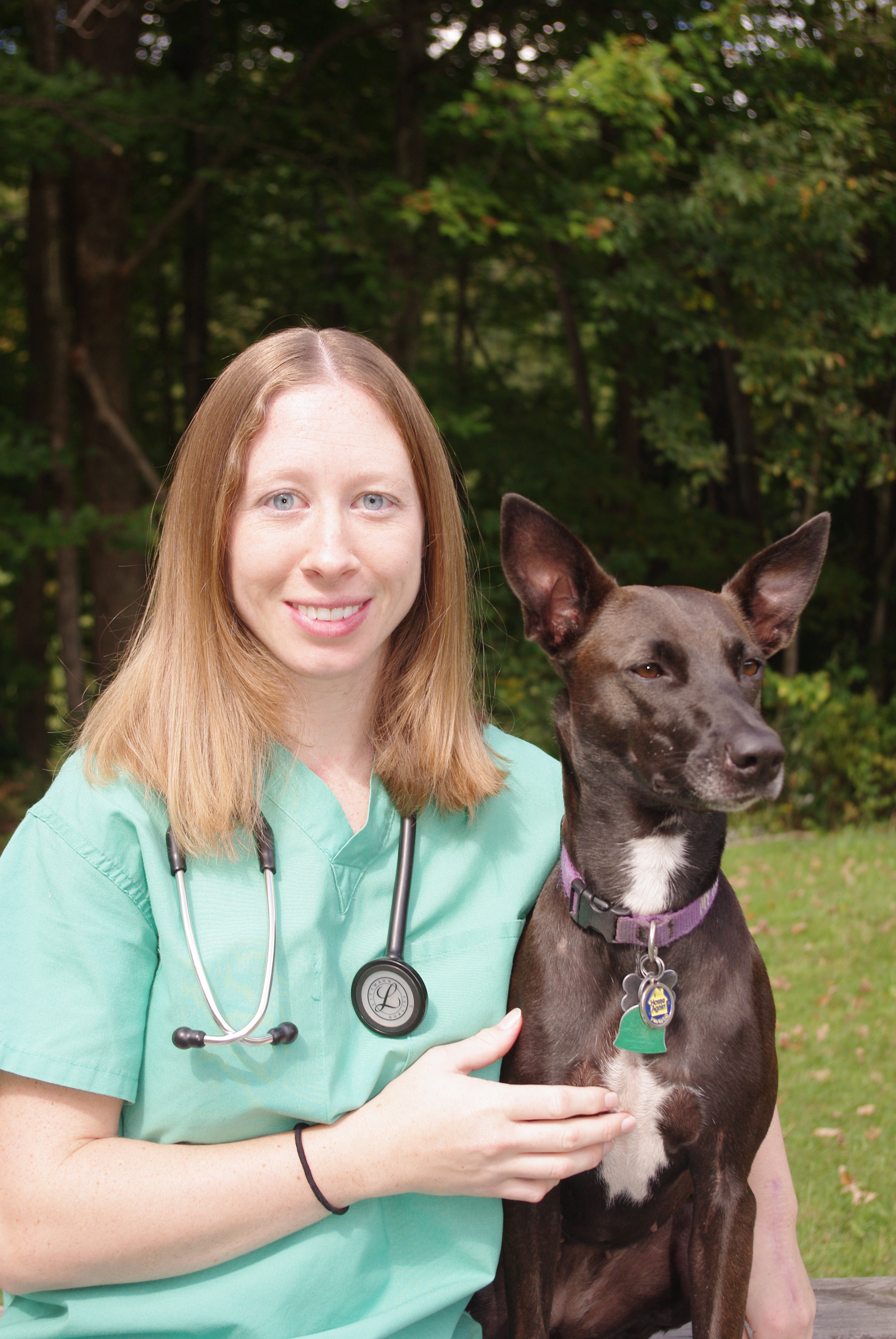
In this article we are going to get a little bit personal. Not telling you the color of my underwear personal, but close. In the past month or so I have had two run-ins with the hospital (human hospitals.)

One was a scheduled elbow replacement that just took place, the other was a very unscheduled hip dislocation about a month before. The hip dislocation took me to the emergency department, while the replacement took place through a scheduled operating room intake. Don’t worry, we are past the time when you need to send me bouquets (fruit baskets accepted year round, though.)
Both of these got me thinking about the differences between human medicine and animal medicine and made me consider how I could take the positives and negatives from my experiences and make my clinic a better place for patients.
For better and worse, the two fields are very different. I have nothing but respect for human nurses, PAs, LNAs, PAs, MDs and the rest of the field. Both of my hospital experiences weren’t especially new to me, but now that I have been out in the field longer I try to look at things from the perspective of my own clinic and patients. I also tend to stay away from the ER, so this was only my second visit there ever. I look on the bright side of these hospital visits and become a better vet because of them.
The first thing that happened when I arrived at the emergency room was that I was asked what was wrong. I knew that I had dislocated my hip because I heard it, felt it and could easily evaluate that it was in the wrong place.
Our animals don’t have this advantage which is why fast, gentle and complete physical exams should always be the first thing that we do. The second thing to do in many situations is pain medication. The speed with which I get pain medication to my patients is light years faster than often happens in the human field. I want every patient that enters my clinic in pain to have the benefit of a very fast resolution. Their pain is hidden better than ours, but directly related to their fear.
I tried to imagine how I would feel if I didn’t know what had happened and couldn’t speak the same language as my nurses and doctors. I was able to reason out what was happening, but if I took only my pain and eliminated the ability to think about a plan for the future I can only imagine how scared I would have been. This is the angle that my patients are coming at me from, and it must always be the forefront of our minds as veterinarians.
Veterinary medicine is much more hands on than human medicine- and let’s be honest, you would rather put your hands on fur than a human as well. Other than vitals, often we go entire visits without our doctors touching us. We typically see physicians for each specialized field, while your veterinarian encompasses all of those fields. My orthopedic surgeon has never felt my spleen, while hardly any pet goes through my clinic without a complete abdominal exam. My surgeon can also rebuild and replace bones in a way that I could not.
It is often said that specialists have knowledge which is one inch wide and one mile deep, while general practitioners have knowledge one mile wide and one inch deep. In human medicine, each field is very specialized. Your veterinarian likely has a wider breadth of knowledge, but must refer you elsewhere for very specific problems.
Now let’s talk about hospitalization. At my ER visit I was in the hospital wearing the clothes I was going to ride my horse in. Once I got fixed up it was 1:30 am. All I wanted were PJs and to take my contacts out. I can guess that when our dogs wake up from surgery all they want is their favorite toy and a soft bed.
When I needed something, I could just hit a call button. I could tell my nurses exactly what I wanted. I could tell them my pain score, if the medicine was working, how well it was working and what needed to change. These are all things we need to try and predict for our patients since they don’t have the benefit of a call button.
Did you know that we monitor all of these things in pets too? We don’t have questions to ask them, but we watch parameters like heart rate, position in the cage, ear position, pupil appearance and breathing to monitor pain. We use the results of studies to create a generalized approach in our patients, then monitor them as individuals. We make sure that pets haven’t rolled over on a surgical area and have soft beds. We get the benefit of our patients not talking back with the downside of them not being able to tell us how they feel.
A couple of months ago while I was at a vet meeting my husband called because my dog had peed on the floor. She is very well trained and not prone to that type of thing. I questioned if she asked to go out and he said she hadn’t made a peep. I clarified that if she walks to the far end of the living room and back twice with her ears in a certain position it means she wants to go out. He justifiably told me I was crazy.
The fact is that we get very attuned to nonverbal communication from our pets. I never want crying in pain to be my first indicator that I need to intervene on behalf of a patient. It is important that I look for other silent signs to help them before they are in a high degree of pain.
Now that I am on the mend I have the benefit of stepping back and looking at the positives and negatives from my visits. While they made me less able to do intense physical labor for a while, I am hoping that they also improved my skills as a veterinarian. While I am always attuned to my patients’ needs and wants while they are in my clinic, it is helpful (though not actually very fun) to view it from the other angle.
The views and opinions expressed in this article are those of the author and do not necessarily reflect the position of the DrAndyRoark.com editorial team.
 Dr. Anna Dunton-Gallagher is a 2011 graduate of Ross University School of Veterinary Medicine. She completed her clinical year at the Virginia Maryland Regional School of Veterinary Medicine and then settled back into her hometown of Rutland, VT to practice. She loves wellness pet care, pain management and her clients. When not at work she enjoys spending time with her pets, snowboarding and horseback riding..
Dr. Anna Dunton-Gallagher is a 2011 graduate of Ross University School of Veterinary Medicine. She completed her clinical year at the Virginia Maryland Regional School of Veterinary Medicine and then settled back into her hometown of Rutland, VT to practice. She loves wellness pet care, pain management and her clients. When not at work she enjoys spending time with her pets, snowboarding and horseback riding..